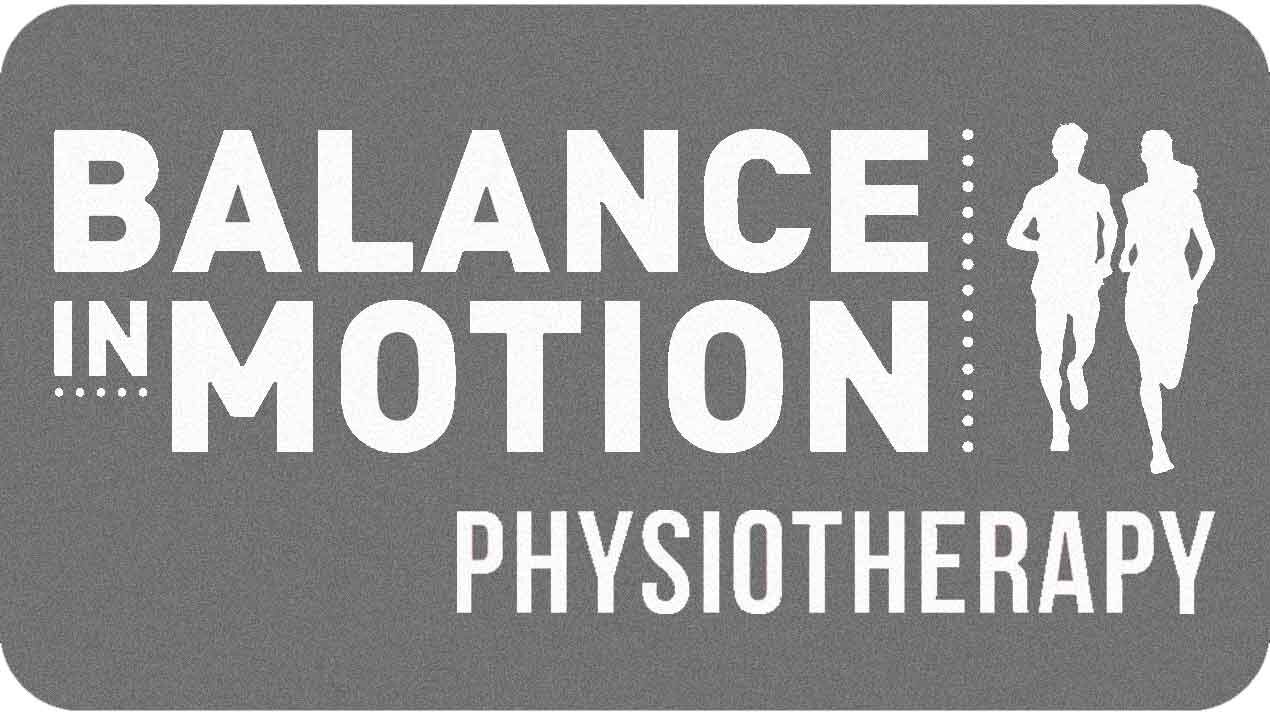Frozen Shoulder: What It Is and How to Get Through It
/If you’ve been told you have frozen shoulder, or suspect you might, you’re not alone. Frozen shoulder (also called adhesive capsulitis) can be frustrating, painful, and slow to heal, but the good news is: it does get better—and there are things you can do right now to help.
In this post, we’ll explain what frozen shoulder really is, why it happens, what to expect, and how to manage it in a way that puts you in control.
❄️ So, What Is Frozen Shoulder?
Frozen shoulder happens when the soft tissue around your shoulder joint becomes tight, inflamed, and stiff. The most noticeable sign? You can’t move your shoulder especially when turning your arm outward (this is called external rotation).
It often starts gradually, sometimes for no clear reason. Some people feel a dull ache or sharp pain. Others notice their range of motion shrinking—putting on a jacket, reaching behind you, or lifting your arm can feel nearly impossible.
Frozen shoulder usually goes through three phases—but these can overlap and vary from person to person:
1. Painful Phase: The shoulder hurts, especially at night. Movement gets harder.
2. Stiff Phase: Pain may ease a bit, but stiffness remains.
3. Thawing Phase: Gradually, movement returns and the shoulder “unfreezes.”
It is often a self-limiting condition, most people start feeling better within 6–9 months, and full recovery usually happens within 1–2 years. Yes, that sounds long—but many people improve with support, care, and the right approach.
You're Not Imagining It!
Unfortunately, many people are misdiagnosed or told to just “wait it out.” But your experience is valid. In fact, research shows that only around 15% of people are correctly diagnosed in the early stages. That’s part of the reason it can be so frustrating.
🧭 How Is It Diagnosed?
A key part of diagnosis is checking how much you can move your arm, especially outward. If this movement is more than 50% less than your other side, and your story fits, that’s often a strong sign of frozen shoulder. Some factors which may increase your risk of being more susceptible include diabetes, stress, inactivity, age and gender. Yes, unfortunately the hormonal changes women experience during the peri-menopausal and menopausal transition may contribute to increased inflammation and changes in the connective tissue, potentially triggering or worsening the condition.
Doctors or physiotherapists might also suggest an X-ray—not to confirm frozen shoulder, but to rule out other conditions. If something doesn’t add up or you have a history of cancer or other concerns, we may order more detailed scans like an MRI.
💡 Managing Frozen Shoulder: What Helps?
✅ Be Kind to Your Pain
Pushing through pain doesn’t help. In fact, doing exercises that make your pain worse can slow down healing. That’s why we recommend a “go gentle” approach, especially early on. When pain allows, it’s important to keep moving in ways that feel safe and doable. Movement keeps your shoulder “on the map” in your brain, helps with circulation, and can lift your mood too.
This might include:
• Simple movements that don’t aggravate your pain such as Light reaching movements using support (like a table or ball)
• Gentle shoulder exercises guided by your physio
• Continuing daily activities that feel okay- Walking or general exercise to help with energy and wellbeing
This isn’t “doing nothing”—it’s a smart way to help your body settle down. Remember Movement Is Medicine.
🧘♀️ Manage Stress & Sleep
Pain can be made worse by stress, poor sleep, or fear of movement. Try:
• Gentle relaxation or breathing techniques
• Heat packs before bed
• Guided meditation or calming music
• Over-the-counter pain relief if recommended by your doctor
💉 What About Injections?
Some people find that a corticosteroid injection early on is a “game changer.” It can:
• Ease pain
• Help you sleep better
• Make gentle movement easier
Injections usually work for 6–12 weeks, giving you a window to start feeling more in control.
❤️ What Do You Need as a Patient?
Here at Balance in Motion we don’t just see you as your shoulder pain, we see you as a whole person. And what we have found most people with frozen shoulder want is:
• To be listened to and understood
• Help with pain and sleep
• Answers and a clear plan
• Options that make sense to you
• Reassurance that things will get better
That’s not too much to ask.
Your care should be tailored to your needs and preferences, whether that’s having written info to read, videos to watch, or just a chat with someone who gets it.
You're Not Alone
Frozen shoulder might feel slow, painful, and isolating—but it doesn’t last forever, and you can get better.
Here’s what to remember:
• It’s common and usually resolves within 1–2 years
• Pain often improves significantly in the first 6–9 months
• There are treatments to help with pain and function
• You are the expert of your own experience—you deserve to be heard, respected, and supported
So if you are struggling with shoulder pain and wondering if it might be a frozen shoulder, book in today with one of the team at Balance In Motion Physiotherapy for guidance, support and a personalised recovery plan.
Jess Rose

